According to Live Science, a report recently presented at the American Astronomical Society conference shows that the asteroid Dimorphos has been constantly tumbling in its old orbit around its parent asteroid Didymos and has been steadily slowing down for at least a month after colliding with NASA's DART spacecraft.
Dimorphos is a name that will be mentioned a lot in 2022, when a groundbreaking Earth defense experiment is carried out by NASA.
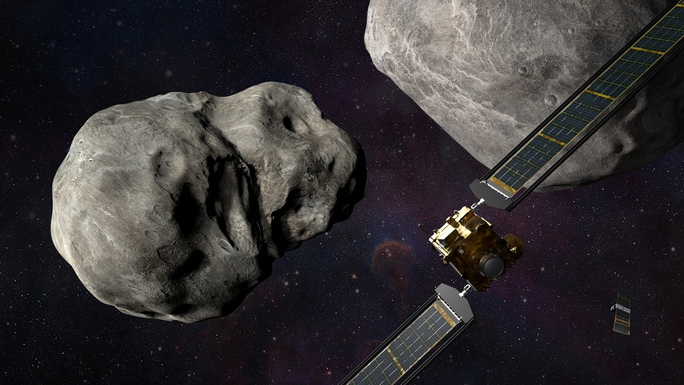
NASA's DART spacecraft on a straight course towards Dimorphos (left). (Graphic image: NASA)
NASA's Double Asteroid Redirection Test (DART) includes a kamikaze spacecraft of the same name that is tasked with targeting the smaller of the Dimorphos-Didymos near-Earth asteroid pair.
Of the pair, Dimorphos acts as a small moon orbiting Didymos. Prediction models don't suggest either will pose a threat to Earth in the near term, but its location makes it the perfect choice for a test.
With the hypothetical scenario of Dimorphos being dangerous, NASA's DART spacecraft - in a suicide mission - crashed into the asteroid with the aim of knocking it off its old orbit.
The test was initially successful and the asteroid began to change its trajectory and speed immediately after the impact. However, it did not change in the way predicted.
The new discovery, made by high school teacher Jonathan Swift and his students, also shows that the asteroid appears to have slowed down by up to 1 minute in orbit just a month after the impact, then appeared to rebalance itself.
Its slowdown was also inconsistent, which Mr Swift said could be because the “cloud” of debris created by the impact, which NASA has said was vast, kept causing small collisions with the asteroid throughout the first month.
Meanwhile, NASA's DART team calculated the asteroid slowed down by just 15 seconds, with preliminary results released shortly after the test.
Since then, Dimorphos and its parent asteroid, as well as the debris field, have been closely monitored by the space agency. The DART team plans to release its own report next week.
But for a full answer to the impact of the strike, we'll have to wait until 2026, when the European Space Agency's (ESA) Hera spacecraft will approach Dimorphos to investigate firsthand, in a joint mission with NASA.
(Source: Nguoi Lao Dong)
Source



![[Photo] Keep your warehouse safe in all situations](https://vphoto.vietnam.vn/thumb/1200x675/vietnam/resource/IMAGE/2025/10/1/3eb4eceafe68497989865e7faa4e4d0e)
![[Photo] President of the Cuban National Assembly visits President Ho Chi Minh's Mausoleum](https://vphoto.vietnam.vn/thumb/1200x675/vietnam/resource/IMAGE/2025/10/1/39f1142310fc4dae9e3de4fcc9ac2ed0)
![[Photo] Hanoi morning of October 1: Prolonged flooding, people wade to work](https://vphoto.vietnam.vn/thumb/1200x675/vietnam/resource/IMAGE/2025/10/1/189be28938e3493fa26b2938efa2059e)




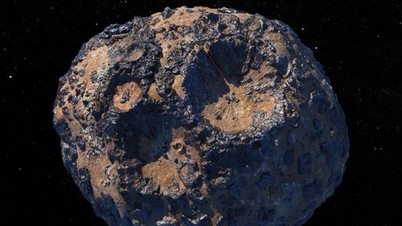

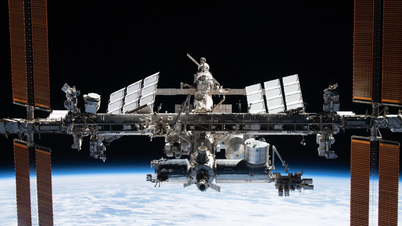
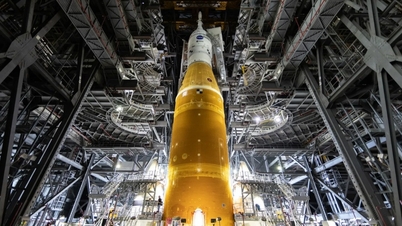

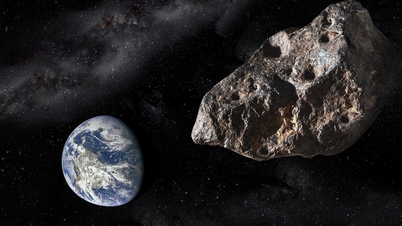










































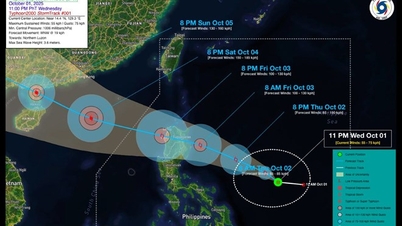












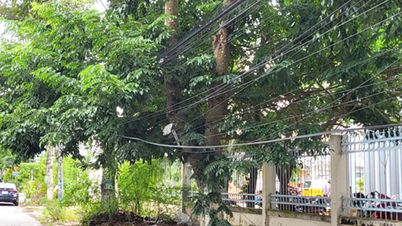






















Comment (0)